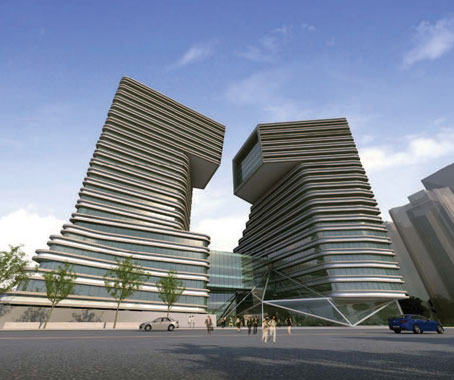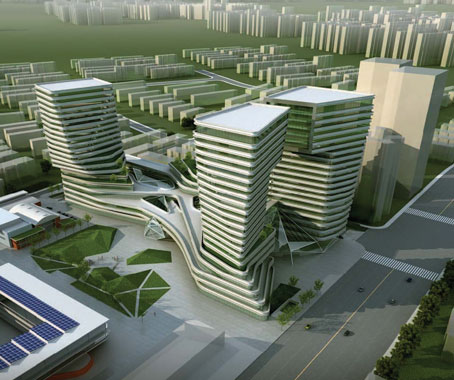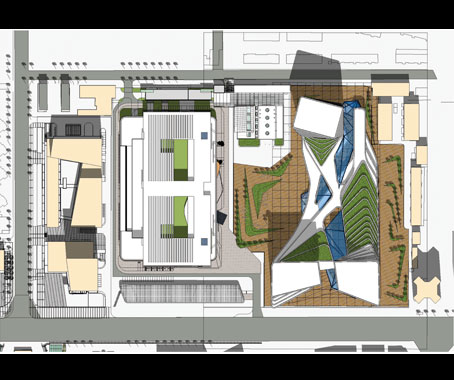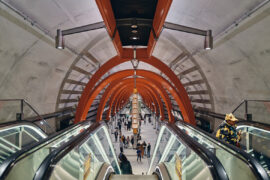Blending two distinct cultures can create some fascinating results, writes Yelena Smetannikov.
October 18th, 2011
The Shanghai International Design Centre is a collaboration between Milan-based firm AM Progetti, and Tongji Architectural Design Institute. Once completed, the 300 000 sqm Centre will be the largest design complex in the world.
The 2 towers will accommodate a museum, hotel, and library, as well as commercial and office space, which will open onto wide green terraces located on each level.

Joseph di Pasquale, head architect for the project, stated that he took on a more philosophical approach for the Design Centre, avoiding the “brand” approach of designing in a signature style like other global architecture firms.
“We wanted our creations to become the result of contamination between our original Western and Italian background with local traditions and culture,” he said.
The crux of Pasquale’s ideas lay in blending Italian, Western and Chinese design influences. Pasquale states, “our expertise is to listen and study the local culture, to try to fall in love with some of the features we consider interesting.”

The large, complex spaces of the Centre are organised by vertically overlapping its functions from the most public to private. The uppermost floors conclude with private studios and offices.

The Centre’s most distinguishing feature is that its façade “multi-tasks” within its surroundings. Its primary frontage is monumental and symbolic of Chinese culture. The north facing façade, facing a residential area, is proportioned to enable for interaction at a more human scale.
Construction begins in October 2011.
AM Progetti
amprogetti.it
Tongji Architectural Design Institute
tjupdi.com
INDESIGN is on instagram
Follow @indesignlive
A searchable and comprehensive guide for specifying leading products and their suppliers
Keep up to date with the latest and greatest from our industry BFF's!

For those who appreciate form as much as function, Gaggenau’s latest induction innovation delivers sculpted precision and effortless flexibility, disappearing seamlessly into the surface when not in use.

Merging two hotel identities in one landmark development, Hotel Indigo and Holiday Inn Little Collins capture the spirit of Melbourne through Buchan’s narrative-driven design – elevated by GROHE’s signature craftsmanship.

In an industry where design intent is often diluted by value management and procurement pressures, Klaro Industrial Design positions manufacturing as a creative ally – allowing commercial interior designers to deliver unique pieces aligned to the project’s original vision.
Meet Alex Ritchie, Creative Director of E2, as he discusses the renaissance of impermanent structures in recent years. Get your invitation here.

The official INDE.Awards 2018 Gala event video has been released! Relive the regional industry’s night of nights in Singapore, or catch up on what you missed.
People differ and so does their physique: there are basket ball giants, featherweights and heavyweights . Ideally, what everybody wants is an office chair to provide an equal level of support and optimal seated comfort. The concept of Neos therefore consistently follows the principle of "sitting without a driving licence", which has been a guiding […]
The internet never sleeps! Here's the stuff you might have missed

Jason Gibney, winner of the Editor’s Choice Award in 2025 Habitus House of the Year, reflects on how bathroom rituals might just be reshaping Australian design.

A collaboration between Hassell, Weston Williamson + Partners (WW+P Architects) and Rogers Stirk Harbour + Partners (RSHP) sees the opening of five new underground stations.